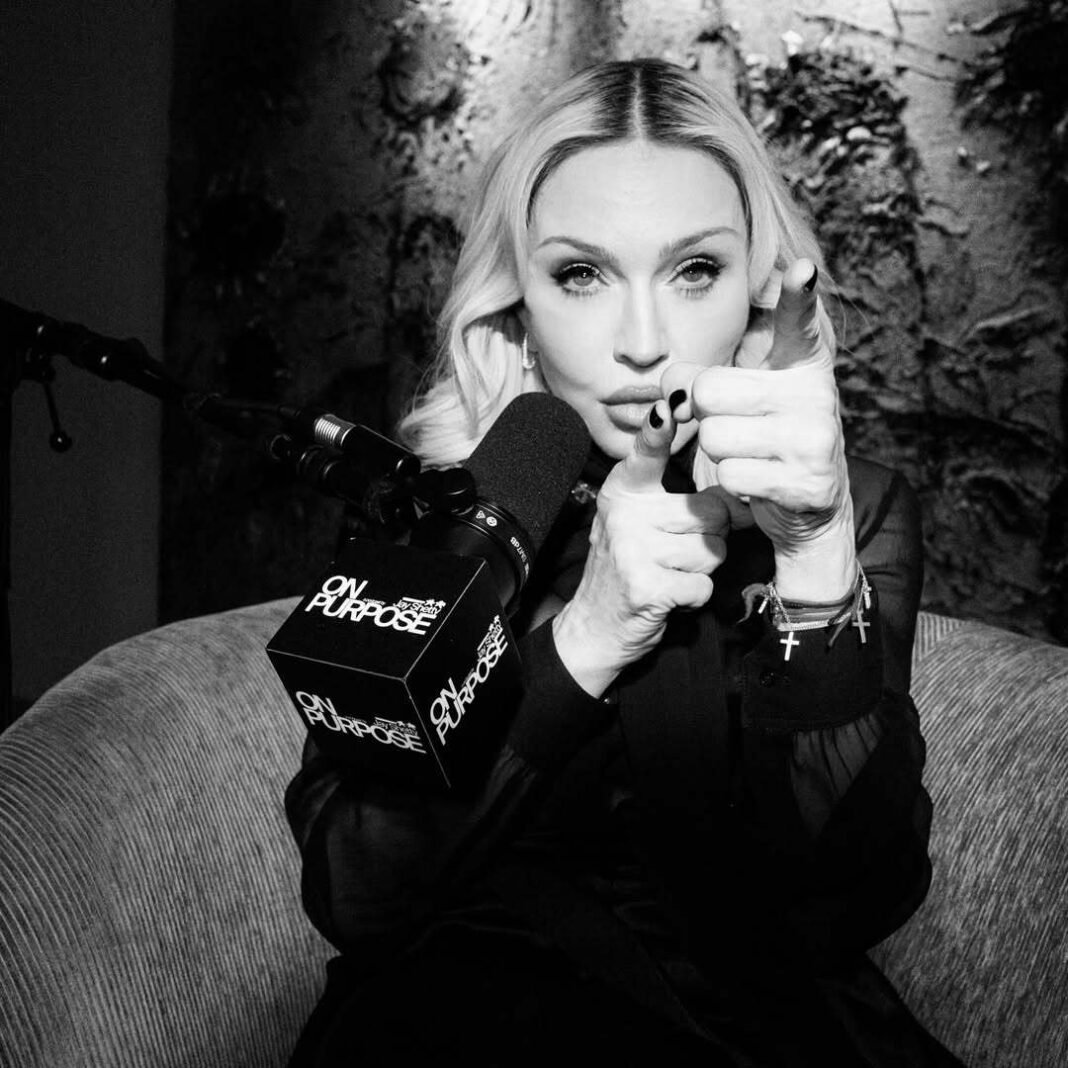There’s a photograph somewhere of Madonna, Prince, and Michael Jackson at an awards ceremony in the 1980s—three young gods at the absolute peak of their powers, radiating an almost unbearable intensity. Only one is still here. When asked about her legendary peers during her podcast debut with Jay Shetty, Madonna offered a theory that should shake every creative to their core: I am not the owner of my talent. I am the manager.
She believes Prince, Michael, and Basquiat mistook themselves for the source of their genius rather than its steward—that they flew too close to the light and it burns them.
After 29 years of disciplined spiritual practice, Madonna has rewritten the rules of creative survival, transforming from the Material Girl into something far more dangerous: an artist who understands that true power comes not from grasping, but from letting the light move through you.
On Monday, September 30, Madonna made her first-ever podcast appearance on On Purpose with Jay Shetty,
and what emerged wasn’t merely a conversation about career longevity or artistic evolution. It was a masterclass in how to survive your own genius—a blueprint for creative endurance that stands in stark contrast to the tragic narratives we’ve come to expect from pop culture’s brightest stars. For nearly three decades, while the world watched her reinvent her image with metronomic precision, Madonna was engaged in a far more radical transformation, one that began not with ambition but with surrender.
The Birth of a Different Kind of Material
The transformation began in 1996, not in a recording studio or on a stage, but in a hospital room with the birth of her daughter Lourdes. Everything changed,
Madonna revealed to Shetty, describing how new motherhood shattered her carefully constructed worldview. The woman who had built an empire on provocation and control suddenly found herself confronted with the ultimate loss of control—the vulnerability of loving something more than yourself, more than your career, more than your carefully curated public image.
This wasn’t a publicity stunt or a calculated career pivot. This was a woman raised Catholic, who lost her mother at five years old, finally confronting the abandonment wound that had fueled her relentless drive for decades. The spiritual practice she embraced wasn’t the fashionable mysticism of the moment—it was Kabbalah, a rigorous, intellectually demanding tradition that requires daily study, constant self-examination, and the kind of discipline Madonna had previously reserved only for her body and her career.
You need to be spiritual to be successful,
she stated with characteristic directness. Success is having a spiritual life, period.
But this isn’t the Instagram spirituality of manifestation boards and crystals. This is something far more challenging: the daily practice of remembering that you are not the center of the universe, even when the entire world treats you as if you are.
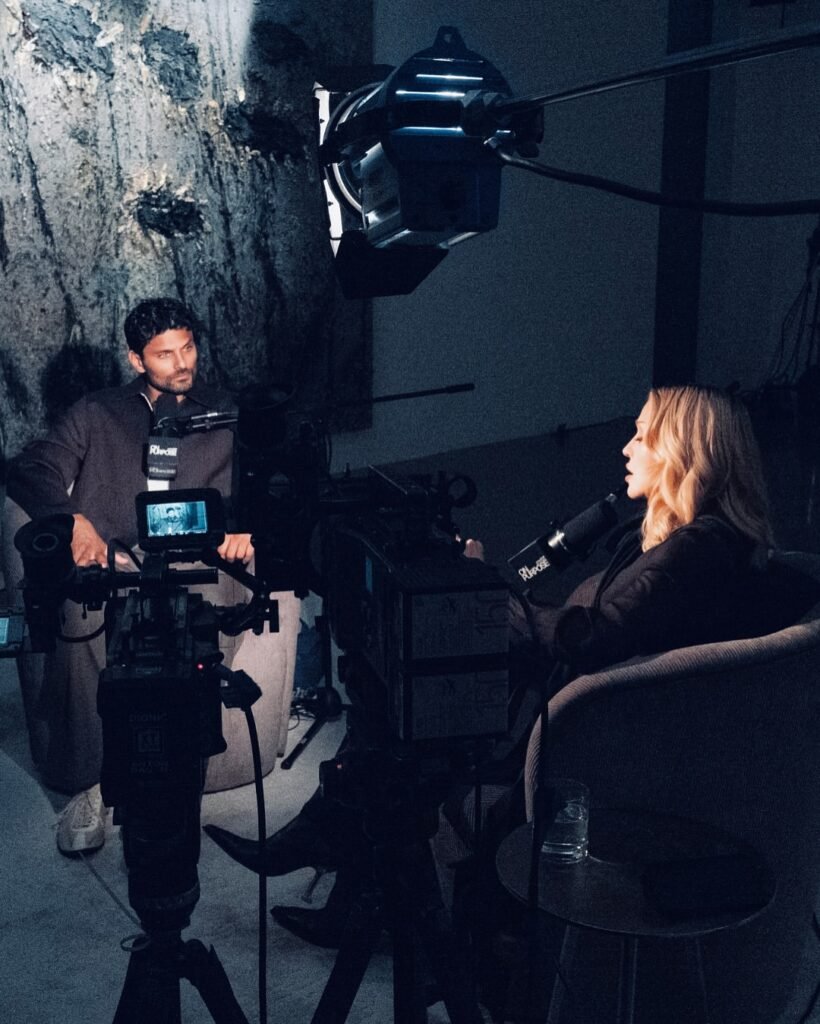
The Genius Trap
To understand what Madonna has accomplished, we must first understand what destroyed her peers. Prince, Michael Jackson, Jean-Michel Basquiat—these weren’t simply talented people who made poor choices. They were individuals who became consumed by the very gift that made them extraordinary. They believed, as Madonna puts it, that they owned their talent rather than managed it.
The distinction seems subtle, but it’s the difference between life and death, between sustainable creativity and spectacular burnout. When you believe you own your talent, you become its prisoner. Every new work must surpass the last. Every performance must prove your continuing relevance. The ego attaches itself so completely to the gift that the person and the talent become indistinguishable. And when the talent is questioned, critiqued, or simply changes with age, the person experiences it as an existential threat.
Prince’s perfectionism became legendary, but it also became a prison. He couldn’t delegate, couldn’t rest, couldn’t allow anything less than total control. Michael Jackson’s relationship with his talent was even more complex—a gift that had been commodified since childhood, that had never truly belonged to him but to his family, his label, his handlers. Is it any wonder he sought escape in prescription medications and the fantasy of Neverland?
Basquiat’s story is perhaps the most heartbreaking because it was the most compressed—a supernova of talent that burned through his body in less than a decade. The art world elevated him, fetishized him, and consumed him, and he responded by consuming himself, unable to separate Jean-Michel the person from Basquiat the commodity.
Madonna watched all of this. She was there, in the same stratosphere of fame, subject to the same pressures, the same temptations, the same industry machinery that chews up artists and spits out legends. But she made a different choice.
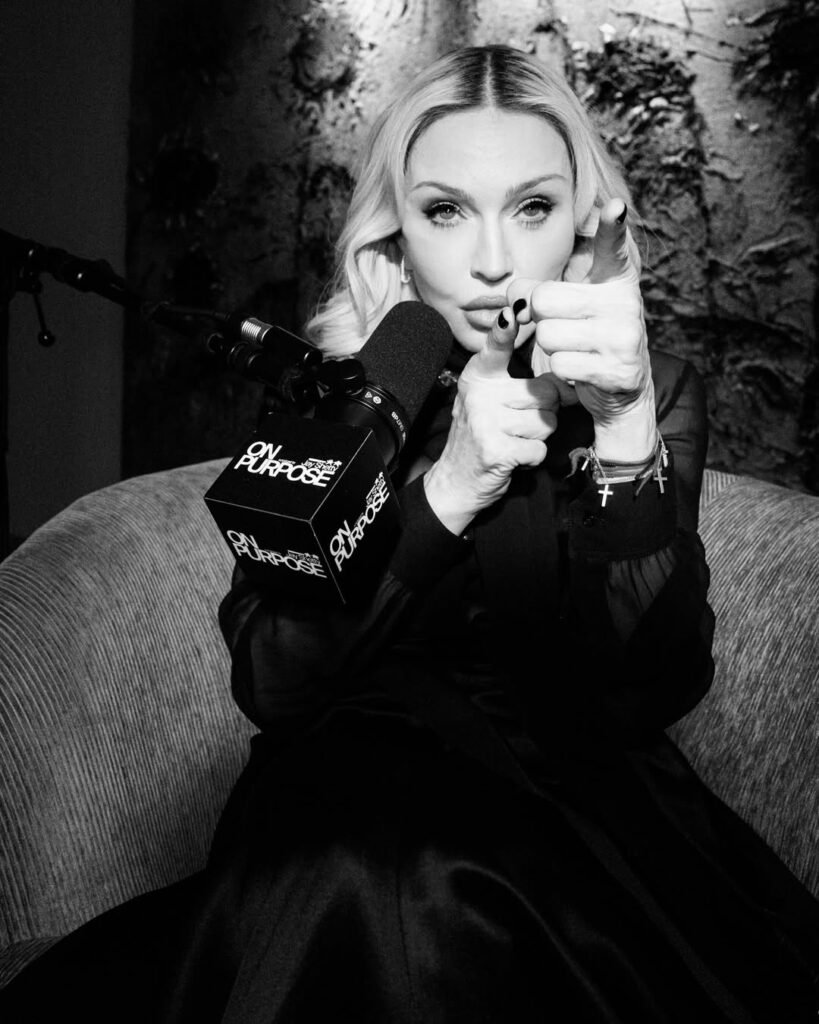
The Manager’s Mindset
When Madonna describes herself as a manager
of her talent, she’s articulating something that creativity researchers and psychologists are only now beginning to understand: the most sustainable creative practice comes from a place of stewardship rather than ownership. Dr. Emma Seppälä, science director of Stanford’s Center for Compassion and Altruism Research and Education, has written extensively about how ego-attachment creates the conditions for burnout and self-destructive behavior.
When we identify completely with our accomplishments, we create a fragile sense of self,
Seppälä explains. Any threat to those accomplishments becomes a threat to our very existence.
For artists at Madonna’s level, where every album is scrutinized, every performance dissected, every aging process documented and criticized, this attachment can be lethal.
The manager’s mindset offers a way out. If the talent is something you steward rather than something you are, then criticism of your work isn’t criticism of your essence. Evolution in your creative output isn’t a betrayal of your true self—it’s simply the natural progression of the gift moving through different phases. Failure isn’t existential catastrophe; it’s simply information about what the talent needs in this moment.
This isn’t positive thinking or self-help platitudes. This is a fundamental reorientation of the creative ego that requires constant practice and vigilance. Madonna’s Kabbalah studies include hours of daily practice, regular meetings with teachers, and the kind of spiritual discipline that would exhaust most people. She has delayed concerts to attend study sessions, refused performances that conflicted with holy days, and created what she calls non-negotiable boundaries
around her spiritual practice.
These aren’t the actions of someone treating spirituality as a hobby or an accessory. These are the actions of someone who has recognized that her survival depends on maintaining a self separate from her talent, a core identity that exists independent of Billboard charts and critical acclaim.
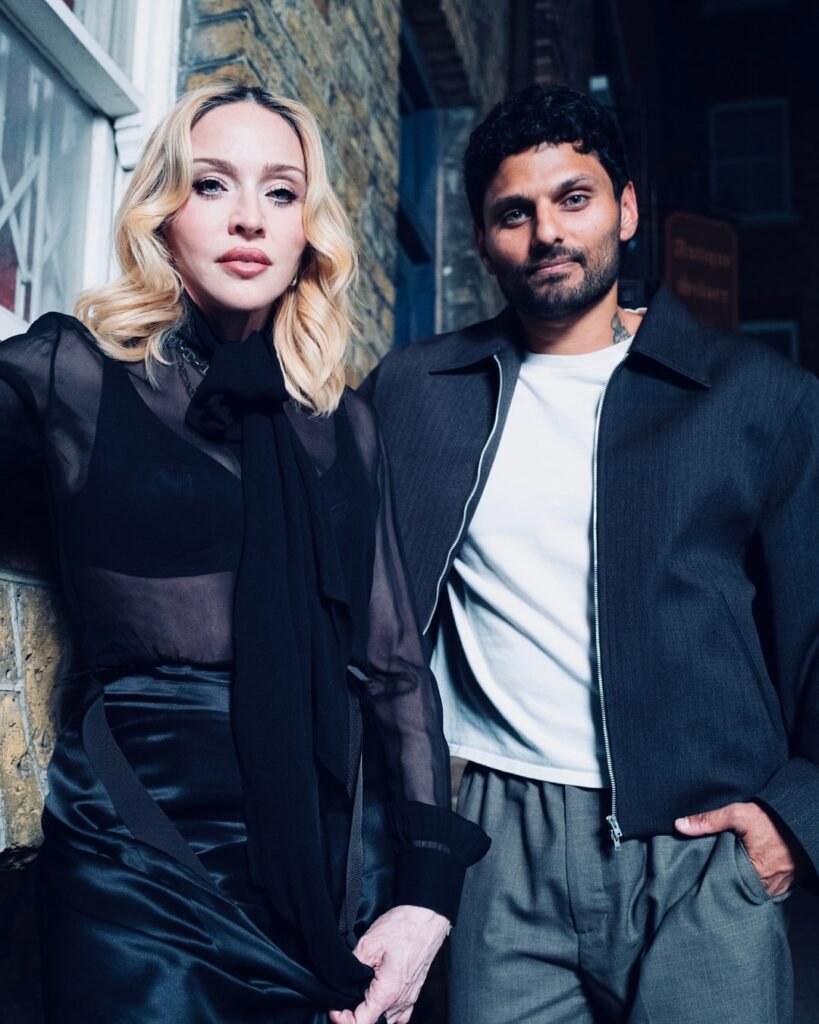
The Two Crucibles
Madonna’s spiritual practice wasn’t simply preventative—it was tested in fires that would have destroyed someone without such foundations. She points to two specific crises that forced her to embody her philosophy rather than simply espouse it: a brutal custody battle and a near-fatal bacterial infection that nearly killed her in 2019.
The custody battle for her son Rocco in 2016 was conducted in full public view, with every painful detail dissected by tabloids. For someone who had built a career on control, on carefully managing her image, the forced vulnerability was excruciating. She couldn’t control the narrative, couldn’t choreograph the outcome, couldn’t perform her way out of the pain.
Radical acceptance
was the only path forward—accepting that her teenage son needed distance from her, accepting that she couldn’t force love or loyalty, accepting that even with all her resources and all her will, some things remain beyond control. The spiritual practice she’d been cultivating for two decades became her lifeline, the thing that prevented bitterness from calcifying into something permanent.
Then came the bacterial infection in 2019, a near-death experience that Madonna has described as forcing her to confront her own mortality with a clarity that no amount of spiritual study could replicate. When your body betrays you, when modern medicine can barely save you, when you’re forced to cancel the Madame X tour and disappoint millions, all the ego’s illusions fall away. You are not invincible. You are not special. You are human, vulnerable, mortal.
For someone who has spent four decades appearing superhuman, this confrontation with limitation could have been devastating. Instead, Madonna describes it as liberating. The infection forced her to surrender control in a way nothing else had, to trust that her life had meaning beyond her productivity, beyond her creative output. She had to believe, perhaps for the first time, that she had value even when she couldn’t perform.
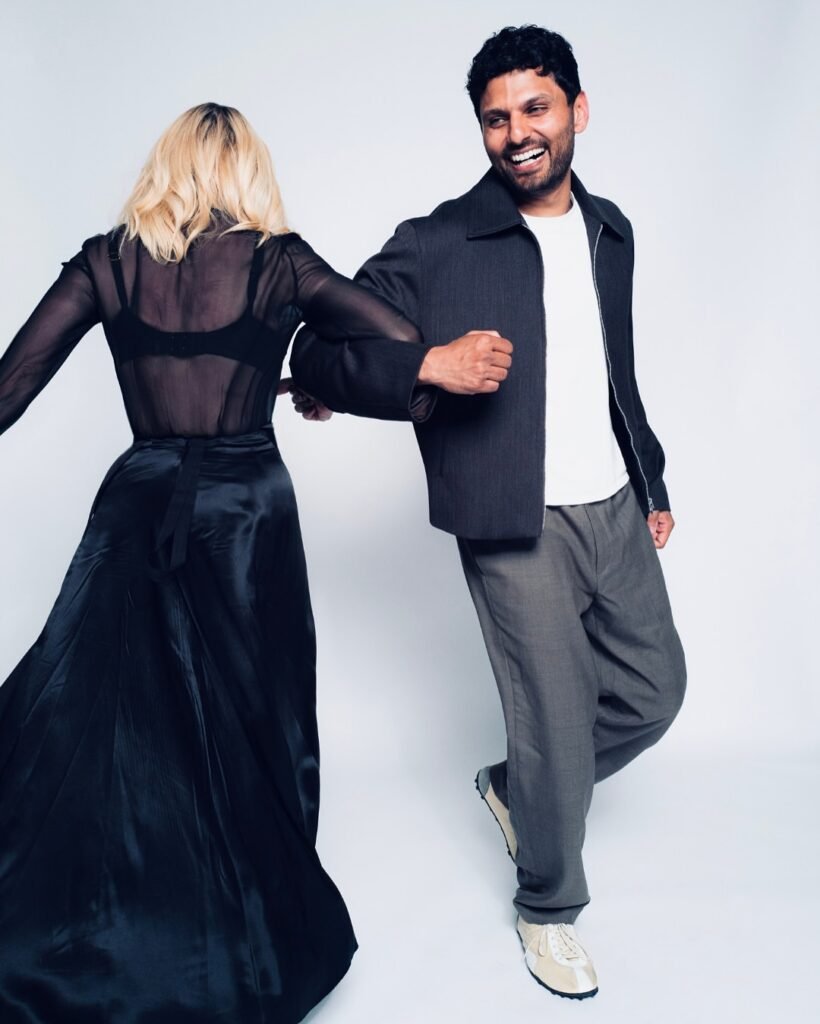
The Next Generation’s Inheritance
What Madonna has accomplished over these 29 years isn’t simply personal transformation—it’s the creation of a potential roadmap for the next generation of artists navigating unprecedented pressures. Today’s young creatives face something Madonna’s generation never encountered: the constant, real-time feedback of social media, the collapse of separation between public and private life, the expectation of constant content creation and personal brand management.
If the traditional celebrity machine destroyed Prince, Michael, and Basquiat, what will the social media industrial complex do to those without Madonna’s spiritual infrastructure? We’re already seeing the warning signs—the mental health crises, the early retirements, the substance abuse, the spectacular public breakdowns of artists barely into their twenties.
Madonna’s model offers something different: the possibility of longevity through humility, of power through surrender, of success redefined as spiritual sustainability rather than commercial dominance. When she says success is having a spiritual life, period,
she’s not diminishing her commercial achievements—she’s recontextualizing them as side effects of a deeper practice rather than the practice itself.
This is perhaps her most radical reinvention yet, and the one least visible to the public eye. While we were watching her change hair colors and musical genres, she was engaged in the slow, unglamorous work of transformation—the daily study, the constant self-examination, the willingness to be wrong, to grow, to release.
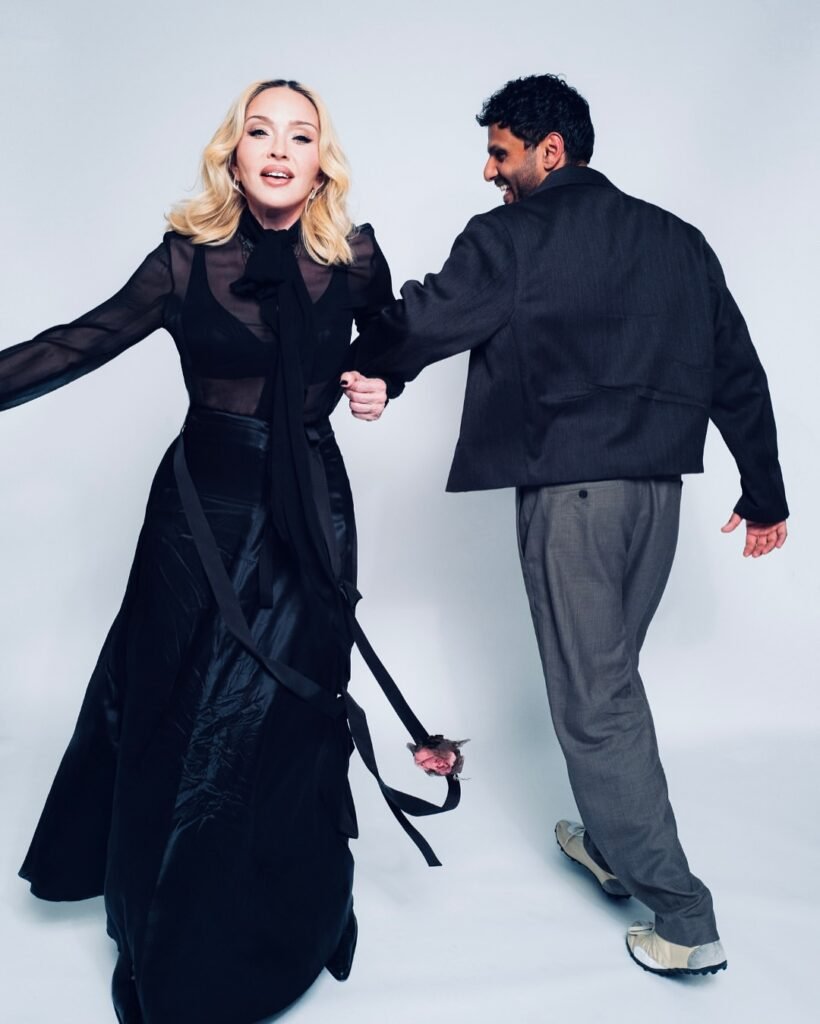
The Light That Doesn’t Burn
In the end, Madonna’s distinction between managing and owning talent comes down to a simple truth: the sun doesn’t burn itself out by shining; it burns out when it collapses under its own gravity. Prince, Michael, and Basquiat collapsed—their egos couldn’t sustain the weight of their genius, the pressure of being the source rather than the channel.
Madonna learned to be transparent, to let the light move through her rather than from her. It’s why she’s still here, still creating, still relevant at 66. It’s not because she’s more talented than her fallen peers—it’s because she found a way to separate herself from the talent enough to survive it.
I am not the owner of my talent. I am the manager.
Seven words that contain the secret to creative longevity, to sustainable genius, to surviving your own gifts. In an industry that consumes its brightest stars with depressing regularity, Madonna has done something genuinely revolutionary: she has refused to be consumed. She has insisted on remaining human even while achieving the superhuman. She has, through sheer spiritual discipline and radical acceptance, rewritten the rules of what it means to be an icon.
The photograph of those three young gods from the 1980s remains a reminder of what was lost—but also of what was saved. Madonna is still here, still evolving, still letting the light move through her. That’s not just survival. That’s triumph.

